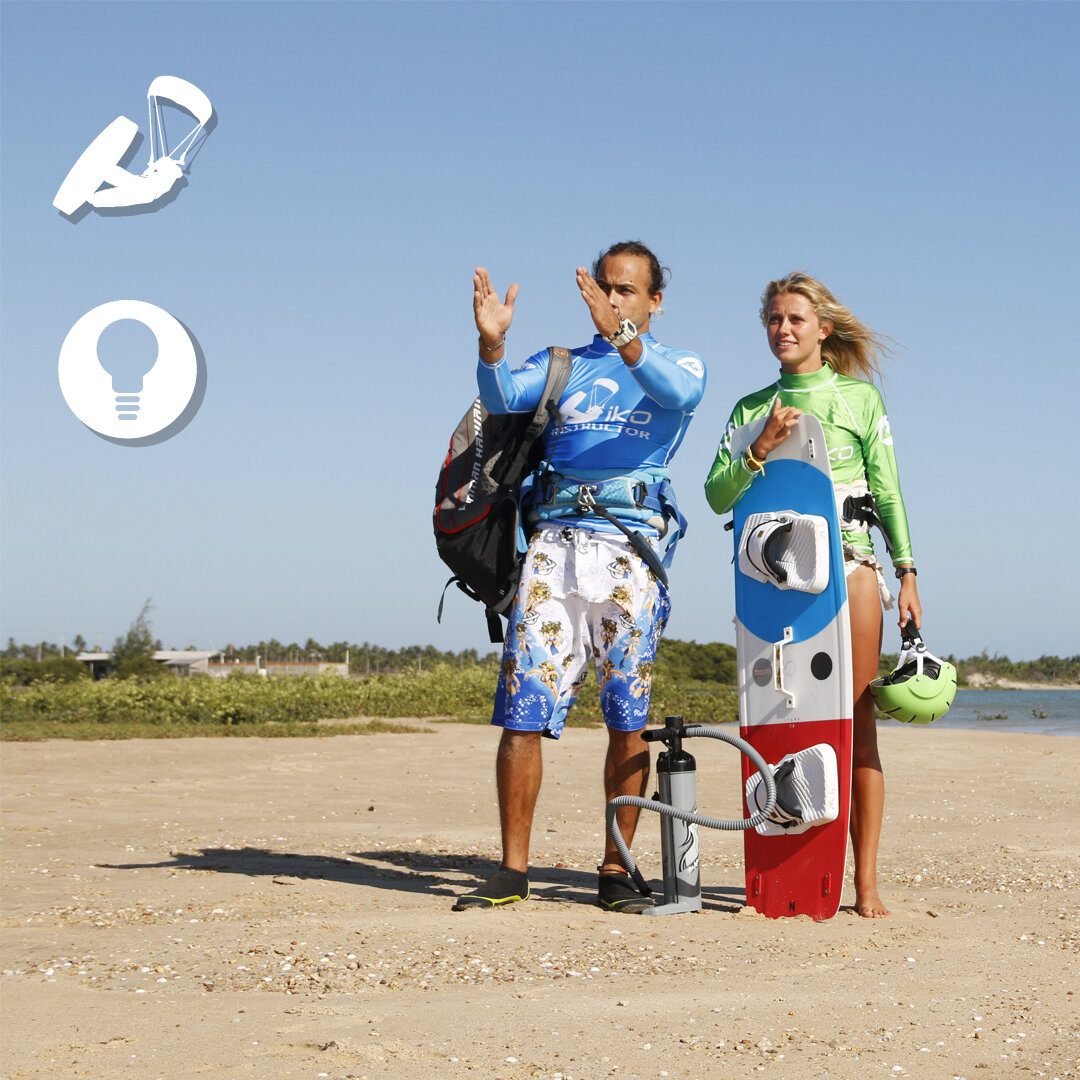Try the new IKO website at https://beta.ikointl.com/

How to tell where the wind is coming from?

The wind is overlooked. People think of the wind just as an invisible force of Mother Nature and nothing more, yet it is an important element when kiteboarding. Telling the direction of the wind in addition to its speed is an essentially factor when accessing a spot. There are three different and common wind directions: on-shore, side-shore and off-shore winds. These different wind directions can factor into your SEA assessment.
To tell where the wind is coming from- extend your arms out and turn until you feel the wind in your face and both ears. Once you feel the wind in both ears, join your hands together and this direction where you are pointing is where the wind is coming from. Using the wind as your main reference compared to physical objects like the shore/trees/rocks is that, the kite will always launch/land and react in the same angle to the wind while physical objects will not.
When setting up at a new spot remember to do a SEA assessment: Spot Environment Activity; a quick kite hack that allows you to assess your surroundings. Helping you pick the best place to set up and get into the water. When setting up your lines, do them downwind to avoid danger when launching. It is always recommended to check your lines and your safety system before going out. It is especially important to connect your leash to the front part of the harness for easy emergency quick release, making sure you have a line cutter and are wearing an impact vest and a helmet. If it is possible to start off more upwind in a spot that will help you have more space downwind for your first runs in the new location to safely orient yourself. The more safety measures you take, the less chance it is to have an accident.
Armed with this knowledge - which wind direction should you avoid kiteboarding especially if alone and why?
.png)

